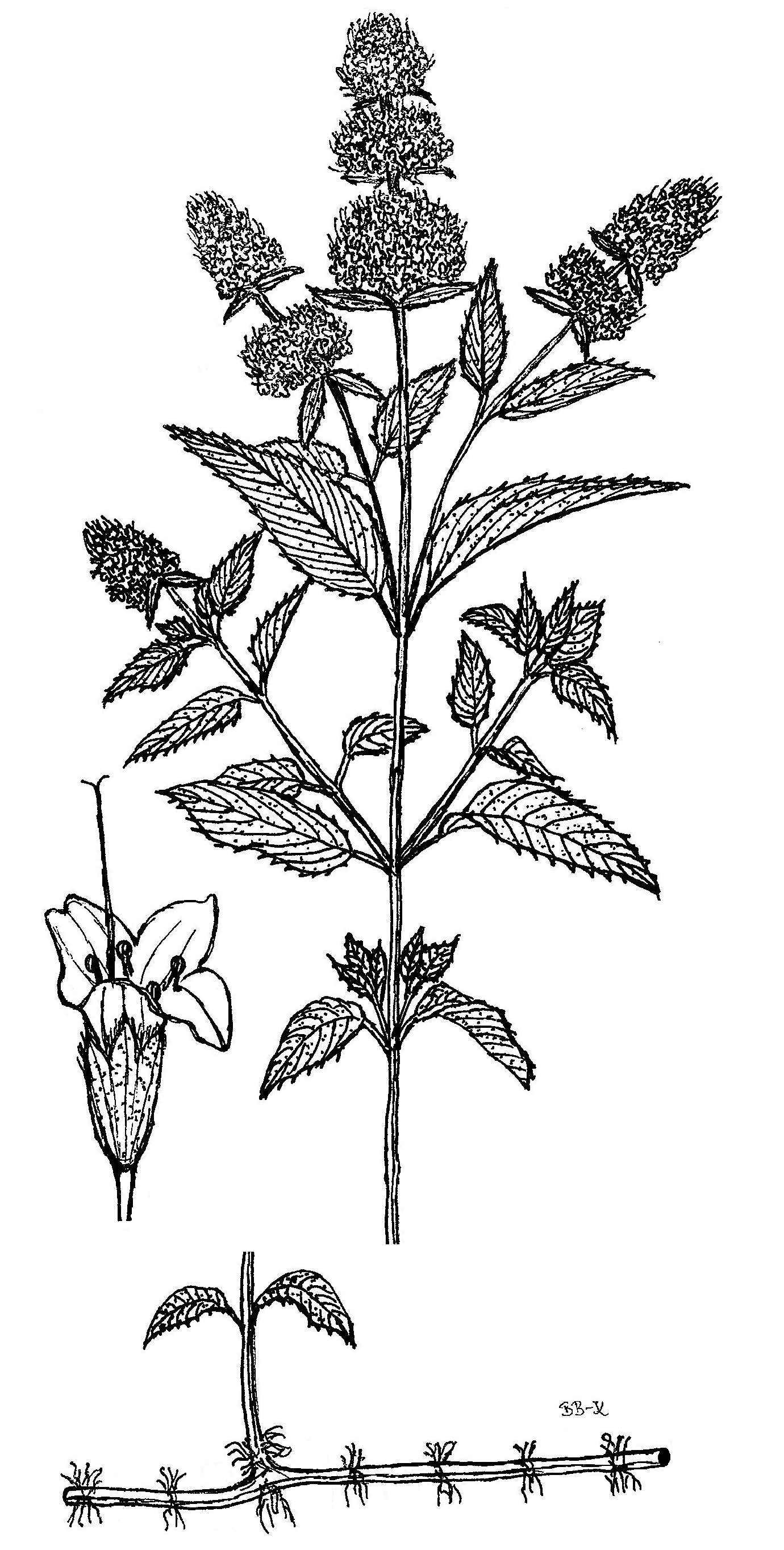Seedlings growth of common sunflower under influence of peppermint extract
Abstract
The aim of this study was to investigate the influence of aqueous extracts from the leaves of peppermint (Mentha ×piperita L.) on the seedlings and plants of common sunflower (Helianthus annuus L.). Different concentration of peppermint leaves extract: 1, 3, 5, 10, 15% was used to examine the growth (length), fresh and dry mass of common sunflower seedlings and plants watered peppermint extracts in phase of growth. We measured the length of seedlings and separated organs of plant: root, hypocotyl, epicotyl, petioles of the first row and remainder of the shoot. Additionally, we determined fresh and dry mass of these organs and cotyledons, leaves of the first order and remainder of the leaves. Depending on the concentration the aqueous extracts showed a stimulatory (low extract concentration) or inhibitory (high extract concentration) effect on growth, fresh and dry mass of common sunflower seedlings and plants.
References
Duke S.O., Dayan F.E., Romagni J.G., Rimando A.M. 2000. Natural products as sources of herbicides: current status and future trends. Weed Res. 40: 99–111.
Finch S., Billiald H., Collier R.H. 2003. Companion planting – do aromatic plants disrupt host-plant finding by the cabbage root fly and the onion fly more effectively than non-aromatic plants. Entomol. Exp. Appl. 109: 183–195.
Gniazdowska A., Bogatek R. 2005. Allelopathic interactions between plants. Multisite action of allelochemicals. Acta Physiol. Plant. 27: 395–407.
Inderjit, Duke S.O. 2003. Ecophysiological aspects of allelopathy. Planta 217: 529–539.
Jankowska J., Ciepiela G.A., Sosnowski J., Kolczarek R., Jankowski K. 2009. The allelopathic effect of Taraxacum officinale F.G. Wigg on the seeds germination and initial growth of Lolium westerwoldicum R.Br. Acta Agrobot. 62 (2): 207–212.
Khan M.A., Marwat K.B., Hassan G., Hussain Z. 2005. Bioherbicidal effects of tree extracts on seed germination and growth of crops and weeds. Pakistan J. Weed Sci. Res. 11 (3-4): 89–94.
Komorowska A., Wrzesińska E., Bochyński P. 2012. Allelopathic potential of water extracts from weeds towards plovers of the winter wheat and the rye. Folia Pomeranae Univ. Technol. Stetin. Agric., Aliment., Pisc., Zootech. 296 (23): 43–52.
Możdżeń K., Oliwa J. 2015. The morphological changes of Phaseolus vulgaris L. exposed to the aqueous extracts of the leaves of Juglans regia L. Mod. Phytomorphol. 7: 81–86.
Możdżeń K., Repka P. 2014. Allelopathic influence of aqueous extracts from the leaves Morus alba L. on seed germination and seedling growth of Cucumis sativus L. and Sinapsis alba L. Mod. Phytomorphol. 5: 93–99.
Różyło K., Pałys E. 2011. Ocena potencjału allelopatycznego resztek pożniwnych, samosiewów rzepaku ozimego oraz gleby po jego uprawie. Fragm. Agronom. 28 (2): 79–87. (In Polish)
Sekutowski T., Matysiak K., Kaczmarek S. 2012. Study on the possibility of application of coffee water decoctions for limiting the growth of corn chamomile (Anthemis arvensis) and red poppy (Papaver rhoeas). J. Res. Appl. Agric. Eng. 57 (4): 92–97.
Skrzypek E., Repka P., Stachurska-Swakoń A., Barabasz-Krasny B., Możdżeń K. 2015a. Allelopathic effect of aqueous extracts from the leaves of peppermint (Mentha ×piperita L.) on selected physiological processes of common sunflower (Helianthus annuus L.). Not. Bot. Horti. Agrobot. Cluj Napoca 43 (2): 335–342.
Skrzypek E., Repka P., Stachurska-Swakoń A., Barabasz-Krasny B., Możdżeń K. 2015b. Influence of extracts from peppermint (Mentha ×piperita L.) Hudson) on growth and activity of the PSII sunflower garden (Helianthus annuus L.). Agrobiodiversity for improving nutrition, health and life quality (Proc. of II Int. Sci. Conf., 22-22 August 2015, Nitra): 612–615.
Stokłosa A. 2006. Bioherbicydy i alleloherbicydy w walce z chwastami. Postępy Nauk Rolniczych 6: 41–50. (In Polish)
Wrzesińska E., Swarcewicz M. 2006. Wrażliwość ziarniaków pszenicy na ekstrakt z glistnika jaskółcze ziele. Prog. Plant Prot. 47 (1): 173–176.


This work is licensed under a Creative Commons Attribution-NonCommercial-NoDerivatives 4.0 International License.
The journal is licensed by Creative Commons under BY-NC-ND license. You are welcome and free to share (copy and redistribute the material in any medium or format) all the published materials. You may not use the material for commercial purposes. You must give appropriate credit to all published materials.
The journal allow the author(s) to hold the copyrights and to retain publishing rights without any restrictions. This is also indicated at the bottom of each article.





